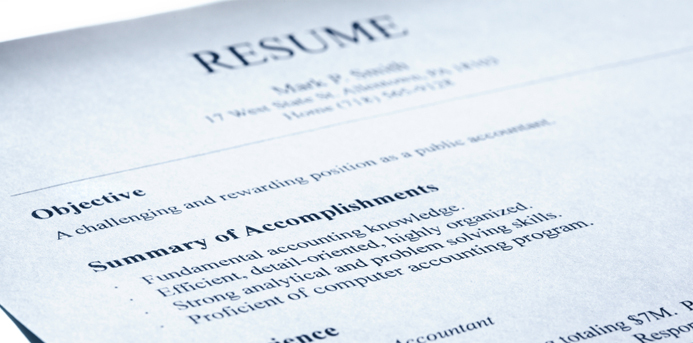New year, new resume? If you’re thinking about sharpening (or creating!) your resume, you probably have questions about format and what to put down during the years you took off to raise children.
And should you reveal when you graduated from college? Especially if it was a long, long time ago?
We recruited Nicole Heinrich, CEO of Full Circle, Inc. to help, as she did during her “Resume Boot Camp” at Make It Better’s Re: Work III.
First, she reviews some resume basics:
- Heading Your name, email address, phone number and home address should be clearly displayed at the top of each page—but never exceed two pages.
- Profile or Objective The profile briefly describes who you are and what you’ve done, while the objective specifically defines the job you want. Your target industry determines which one to use.
- Experience Starting with your most recent position, this section identifies company name, location, years employed, job title and summary of responsibilities. Most importantly, it lists clear, powerful bullets describing actions you took that led to measurable results. “Your bullet may be that you did xyz, which increased revenue by 20%,” Heinrich says. “If it’s not impactful, it doesn’t qualify as a bullet.”
- Education Heinrich believes you should include the year you graduated. “Prospective employers can determine your age from your work experience, anyway,” she says. You can also include professional certifications under this heading.
- Affiliations, Honors, Awards Hiring managers look to this section to get a sense of your personality. Anything athletic—like running a marathon—is impressive because it demonstrates your determination and self-discipline.
How do you handle gaps in your employment record?
“Your cover letter can explain it, or you can use a functional format that doesn’t list the years you worked,” Heinrich says. She also suggests careful consideration of informal, work-related accomplishments during those gap years. “If you accomplished something that’s relevant to the job you’re applying for, you should include it.”
What about format?
“You want the format to be pleasing to the eye,” Heinrich says. Carefully select your font, spacing and color, keeping in mind your target industry. Nicole recommends getting outside help to create a resume with the right balance and symmetry. Take a look at sample resumes from your industry that can give you ideas.
What are the most common resume mistakes?
“The most common mistake is stating the obvious in a bullet,” Heinrich says. Sloppy formatting, redundancy and indecisiveness are also pitfalls. “If you’re saying ‘I’ll take any kind of job,’ it tells the hiring manager that you don’t know what you want,” Heinrich says. But the kiss of death on a resume is misspellings.
What turns a good resume into a great resume?
“Building a resume is more than just putting words on paper,” Heinrich says. “What you find as you go deeper into the process is that there are certain patterns about you that make you uniquely valuable.” The trick is to determine your proudest work-related moments and translate them into compelling language for a “killer resume.”

